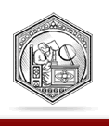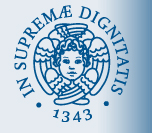 | ||||
 |
 |
| ||
 | ||||
|
Our lab and experimentsBose-Einstein condensates in optical latticesIntroduction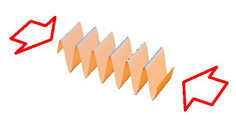 The realization of Bose-Einstein condensates has made possible new and interesting experiments on the behaviour of interacting matter waves. Here we present some results of measurement on static and dynamics properties of condensates in 1-D optical lattices. The realization of Bose-Einstein condensates has made possible new and interesting experiments on the behaviour of interacting matter waves. Here we present some results of measurement on static and dynamics properties of condensates in 1-D optical lattices. It is possible to create a periodic potential using two intersecting laser beams.
Varying the differential detuning of the two beams we can change the velocity of the lattice with respect to the lab frame of reference.
the lattice step depends on the angle between the two beams according to the formula: It is possible to create a periodic potential using two intersecting laser beams.
Varying the differential detuning of the two beams we can change the velocity of the lattice with respect to the lab frame of reference.
the lattice step depends on the angle between the two beams according to the formula: Bloch oscillationNegletting interactions, the Hamiltonian of condensed atoms in the lattice is: this lead to the eigenvector equation:  According to the Bloch teaorem we can describe the system in an energy-band approach. 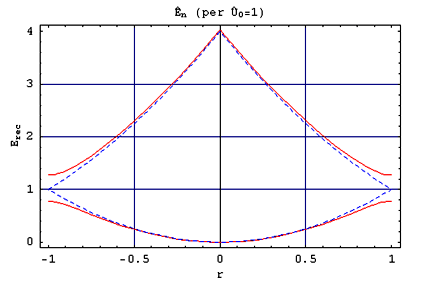 Linearly varying the differential detuning of the two beams, we can accelerate the lattice so that, in the frame of reference of the lattice, an inertial force acts on the condensed cloud. In this way we can explore the whole fundamental band, observing oscillations of the mean velocity of the condensate. Observing the atoms after a time of flight, we can see several clouds which corresponds to different velocity classes representing an image of the condensate in the momentum space. In the following: 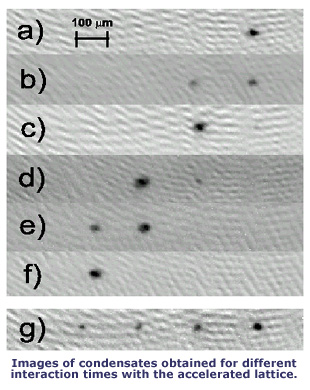 For further reading, please see O. Morsch, J.H. Müller, M. Cristiani, D. Ciampini, and E. Arimondo, "Bloch oscillations and mean-field effects of Bose-Einstein condensate in 1D optical lattices", Phys. Rev. Lett. 87, 140402 (2001). |
|||
|
For comments contact the web master: usala@df.unipi.it |
||||
